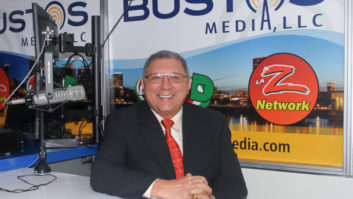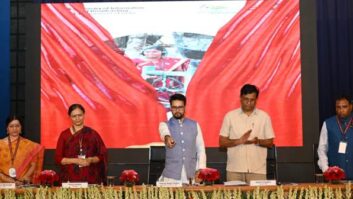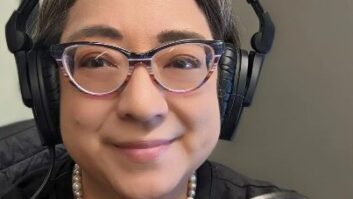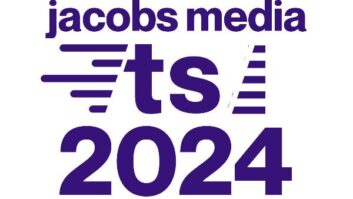The author is executive director of the National Federation of Community Broadcasters. NFCB commentaries are featured regularly at www.radioworld.com.
In the coming weeks, the White House will launch a national vaccine promotional campaign. Traditionally, these monies have largely gone to commercial radio and television. However, there are many reasons why the Biden administration should turn to public media, especially community radio.
According to CNN, the forthcoming advertising push is aimed at addressing fears of Americans hesitant about the COVID-19 vaccine. Misinformation and delays in vaccine access are among the reasons that polls suggest people are skittish. Although many states have been slow to immunize residents, Pres. Biden has pledged to see vaccines will be more available to all Americans, 18 years of age and up, by May. Promoting the benefits of vaccination against COVID-19 is now on top of the nation’s agenda.
[Read: Community Broadcaster: Off Road]
The Department of Health and Human Services is taking the lead on educating the public about vaccination as part of a $250 million campaign. President Biden has said on several occasions that he’s willing to commit much more, however, to ensure the American people have the knowledge they need to make an informed choice.
Television, radio and digital media will be valuable players in these campaigns, as they have been historically. In this year, federal leaders would serve communities well by giving more attention to the United States’ community radio stations in presenting these crucial messages.
In a forthcoming study from the National Federation of Community Broadcasters, more than 90% of stations are broadcasting public service announcements related to the coronavirus. Seventy-five percent of broadcasters are airing PSAs daily. The overwhelming majority of these announcements are produced in collaboration with local agencies and nonprofits. Clearly, community radio has seen the need for COVID-19 education and is fulfilling the need. They’re ready to make and broadcast locally relevant content now.
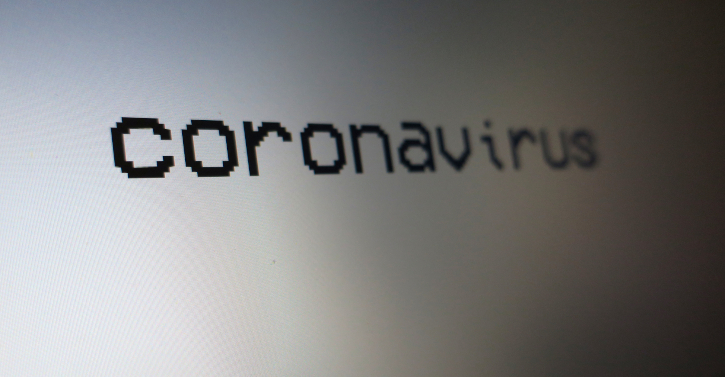
Community radio stations are also producing on-air and online programming to talk to their listeners about the coronavirus. For example, Hoopa Valley, Calif.’s KIDE has been jumping on Facebook Live to educate its tribal audience about the fight against COVID-19 on the reservation. Several other stations are engaged in similar initiatives.
Community radio is a lifeline in many areas, which the Department of Health and Human Services must take notice of. Rural community radio stations are situated in communities which are, at many turns, not served by other area outlets broadcasting locally relevant content. In a few cases, it may be even hard to get TV. Yet there is community radio, crowdsourcing questions, vetting guidance with regional nonprofits, and doing crucial work to save lives.
The question about advertising dollars must be about more than simplistic equations of audience size. Who has trust? Is it the station I can rely on to play Kane Brown twice an hour, or the station broadcasting daily the latest area infection rates and talks with city leaders on how to stop the spread, like Oregon’s KPOV? I’d put forward a station like Santa Barbara’s KCSB, which produces a newsletter by staff and students four times a week on COVID-19 for its University of California campus and the city at large, is far more critical in getting out these messages than a station whose morning show many may be in the habit of listening to.
During a pandemic, the comfort of habit is meaningful, of course, but community radio’s responsiveness today is worthy of Pres. Biden’s attention and that of federal leadership.






